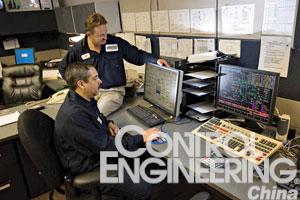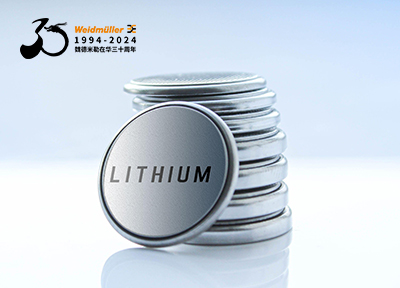Frugal plant upgrades lead to connecting multiple controllers to the same HMI, allowing for the addition of new functionality and solving obsolescence problems without busting the budget.
Jim Robertson wears two hats. As head of engineering at the Lanxess chemicals plant near Charleston, SC, he is responsible for the day-to-day maintenance at the facility. He also oversees capital expenditures for process improvements to the plant that was originally opened in 1978.
While most manufacturers
The company manufactures high-quality chemicals, synthetic rubber and plastics. Its portfolio includes basic and fine chemicals, color pigments, plasticswww.cechina.cn, synthetic rubberCONTROL ENGINEERING China版权所有, rubber chemicals, leather, material protection products, and water treatment products.

Older HMI components began to show their age控制工程网版权所有, requiring costly and inconvenient repairs. This was a key driver as the company evaluated a system upgrade. Source: Siemens
In the early 1980s, the Bushy ParkCONTROL ENGINEERING China版权所有, Goose Creek plant was controlled entirely with Fisher (now Emerson) Provox distributed control systems. This strategy was unchanged until 1999 when Robertson replaced a filter in the Vulkanox antidegradant chemicals production area that was controlled by a 20-year-old Provox DCS. Robertson’s choices were to keep the existing system and re-configure it for the new filter, upgrade to a newer version of Provoxwww.cechina.cn, or upgrade to another system platform.
After comprehensive market and batch application comparisons, Robertson chose the Moore Apacs+ system. A key factor in Robertson’s decision was his goal to move to a solution that adhered to S88 batch management concepts. He envision


 在线会议
在线会议 论坛
论坛 专题
专题 工控直播
工控直播 新闻中心
新闻中心 子站
子站 技术
技术 社区
社区


 剑维软件电子半导体行业白皮书有奖下载
剑维软件电子半导体行业白皮书有奖下载 魏德米勒麒麟系列产品赋能本土工业
魏德米勒麒麟系列产品赋能本土工业 Fluke 283 FC 智能万用表震撼来袭
Fluke 283 FC 智能万用表震撼来袭 SugonRI2.0工业编程平台免费有奖试用
SugonRI2.0工业编程平台免费有奖试用 IDEC HR8S系列新一代安全继电器有奖试用活动
IDEC HR8S系列新一代安全继电器有奖试用活动





























